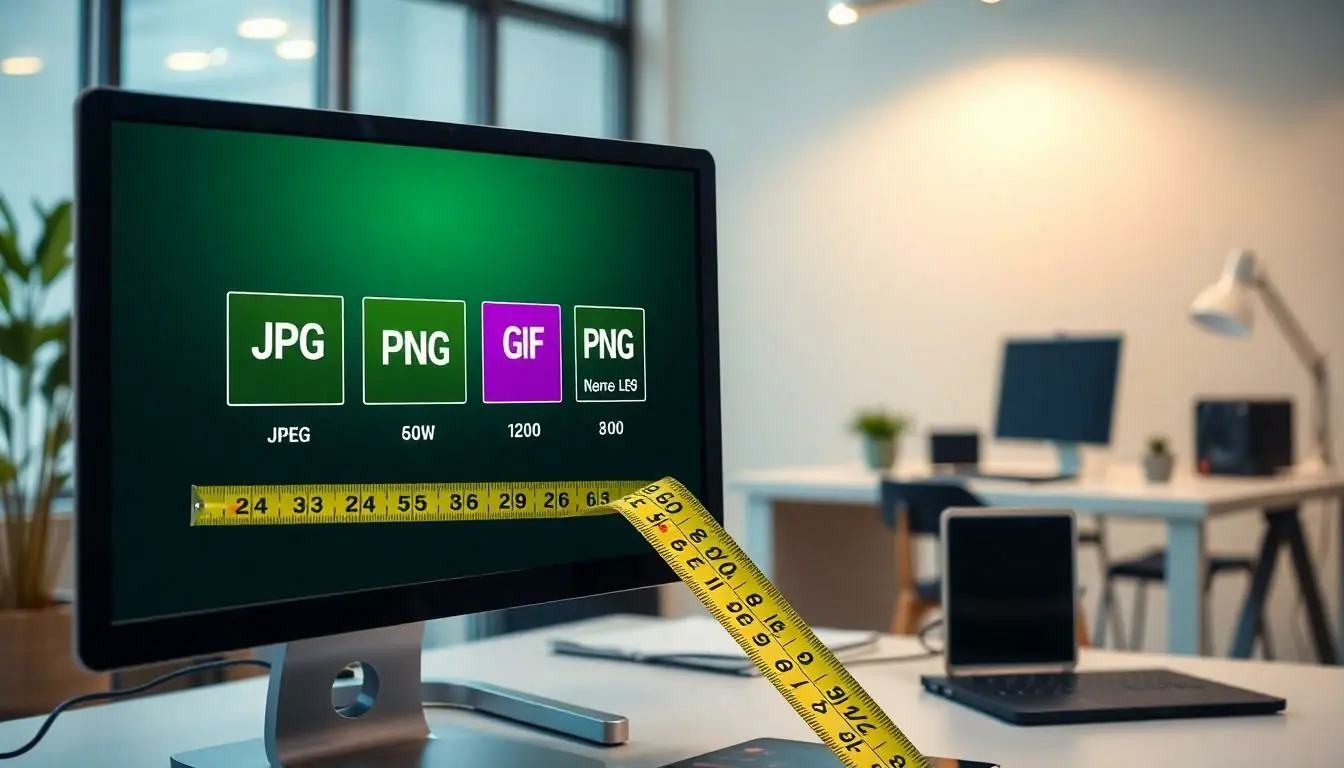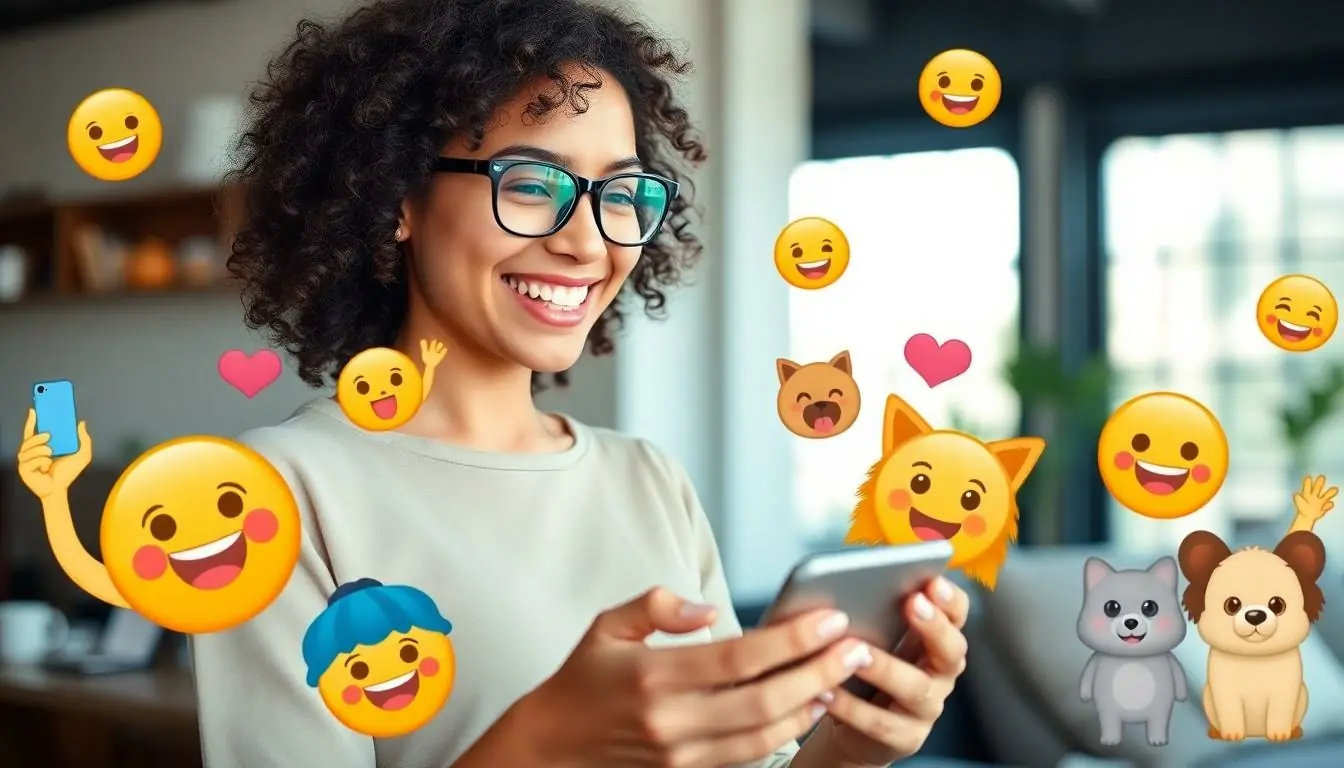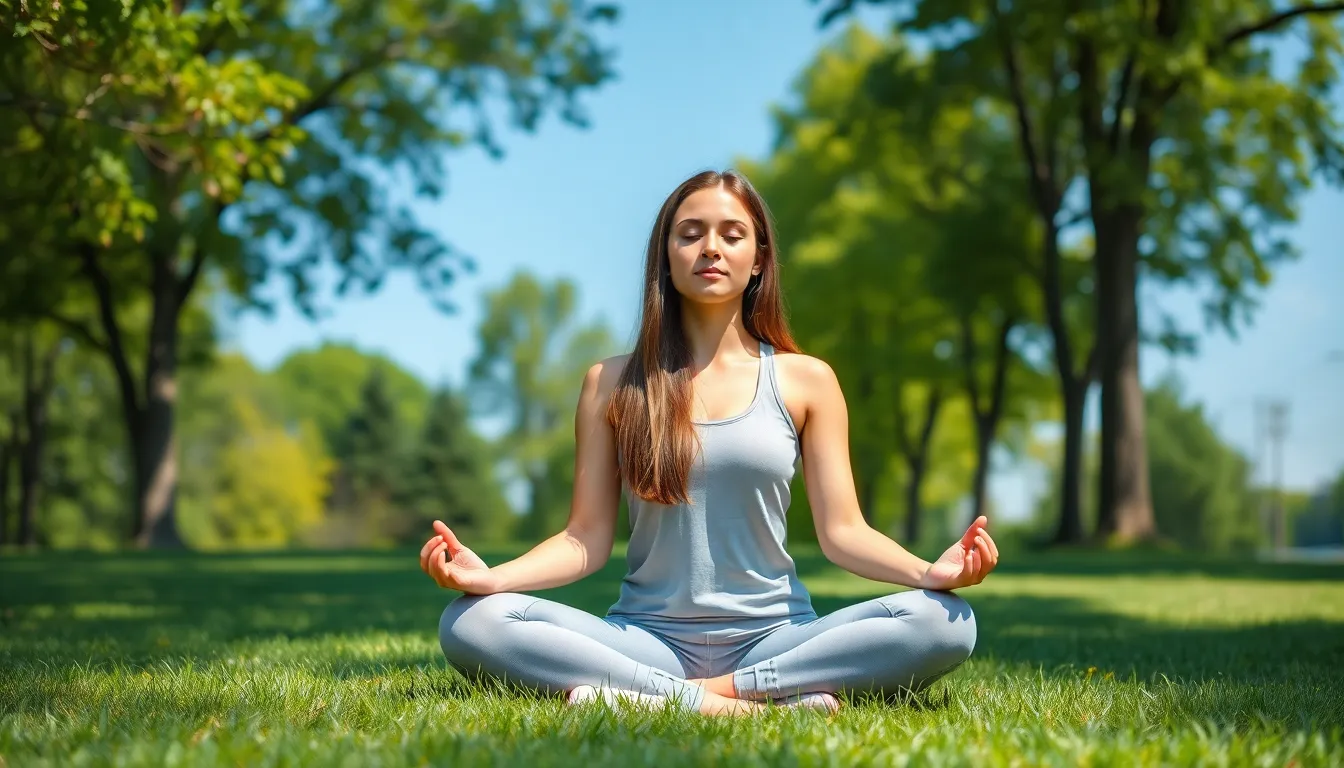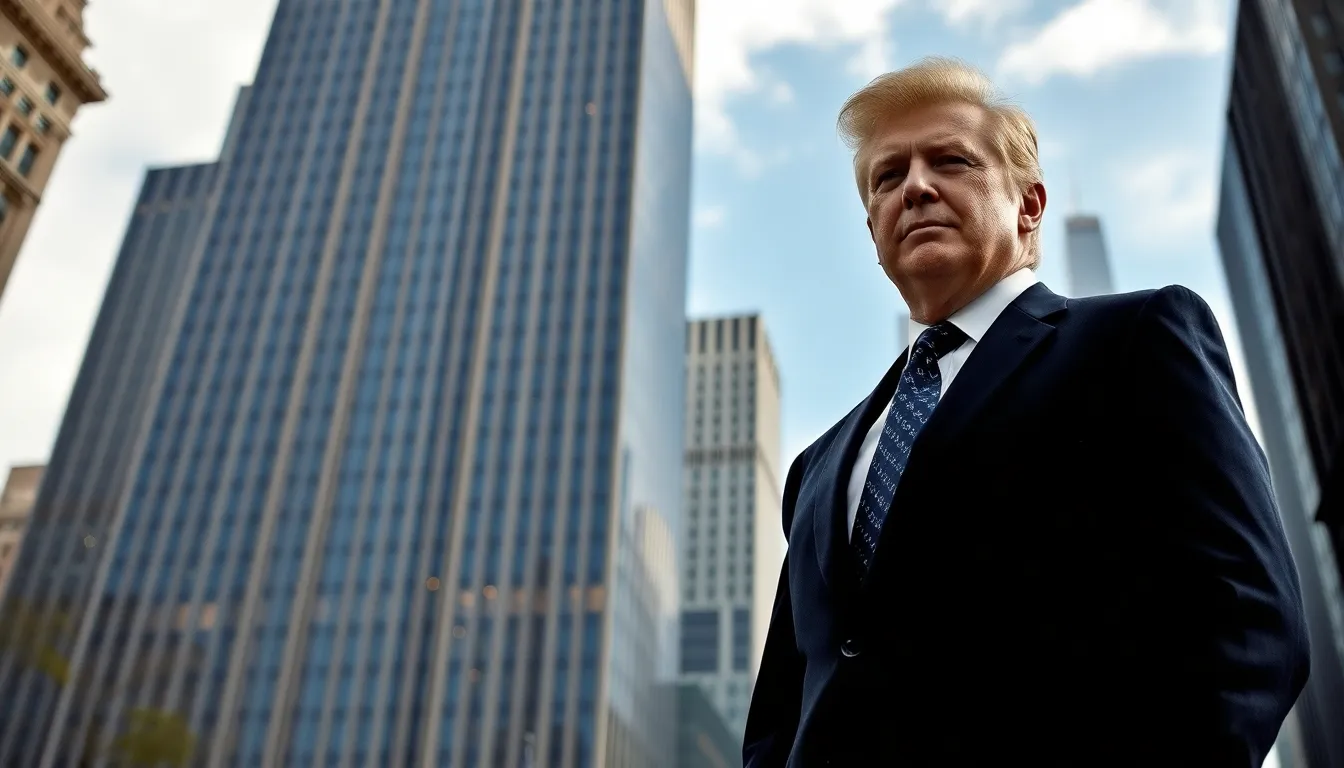In a world where emojis and memes reign supreme, sending pictures to ChatGPT is the next big thing. Imagine having a conversation where your witty selfies and hilarious cat pics come to life, adding a splash of personality to your chats. It’s like giving ChatGPT a virtual high-five, but with a bit more flair!
Table of Contents
ToggleUnderstanding ChatGPT’s Capabilities
ChatGPT excels in processing and responding to text-based inputs, forming a versatile communication tool. Image processing is currently not supported, limiting interactions to text. Users cannot send pictures directly to ChatGPT for analysis or discussion. Engaging in conversations through images enhances the exchange, but this remains outside ChatGPT’s functionality.
Textual descriptions provide a way to convey visual elements within interactions. For example, sharing a description of a favorite vacation photo allows ChatGPT to respond meaningfully, creating a more immersive dialogue. Furthermore, ChatGPT can generate ideas based on topics, so discussing images through words fosters creativity.
Incorporating personal images like selfies in conversations can deepen the connection, even if not processed directly. Imagining the scenario alongside the chat can lead to playful exchanges, enriching the overall experience. Many users enjoy the dynamic nature of chatting by providing context or narration about their photos, keeping the conversation lively.
Although ChatGPT’s capabilities don’t extend to image handling, users find alternative methods to express themselves. They often turn to humor, anecdotes, or engaging narratives that provide context for their thoughts and feelings. This format retains the playful spirit reminiscent of sharing pictures while adhering to the current technical constraints. Focusing on creative communication allows individuals to explore a more profound connection, despite the absence of direct image sharing.
Preparing Your Images

Users can improve their experience by preparing images properly before trying to send them to ChatGPT. Even though direct image sending isn’t supported, knowing how to describe images effectively can enhance interactions.
Image Formats Accepted
JPEG, PNG, and GIF are commonly accepted image formats for various applications. These formats ensure compatibility across platforms. They preserve quality while minimizing file size. Opting for standard formats guarantees better processing in other environments that might support image functionalities.
Recommended Dimensions and Sizes
Images should ideally range in dimensions to enhance clarity. For most applications, keeping image width between 800 to 1200 pixels offers a good balance between detail and manageability. A file size below 5MB is recommended for quicker uploads without loss of quality. Users often benefit from resizing images to these specifications for best results.
Methods to Send Pictures to ChatGPT
Users can enhance their interactions with ChatGPT by exploring different methods of sharing visual content, even though direct image sending isn’t supported.
Using Third-Party Platforms
Third-party platforms allow users to share images indirectly. Services like Discord or Slack facilitate image uploads. Users can describe the images shared in these chats. While ChatGPT can’t view images directly, discussing them fosters engaging conversations. By sending links to images hosted on platforms like Imgur, users improve context. Sharing images through collaborative platforms creates a community feel, enabling rich discussions around visuals.
Direct Upload Options
Direct upload options for images aren’t available in ChatGPT. Nevertheless, users can detail their images in conversations. They might focus on specific aspects like colors or subjects. Descriptions allow for creative engagement and imaginative dialogue. Including dimensions and any relevant features enhances understanding. While images remain invisible, rich descriptions bridge the gap, creating a fulfilling conversational experience.
Best Practices for Sending Images
Engaging in conversations with ChatGPT can be more impactful by following best practices for sending images, even if direct uploads aren’t an option.
Quality Considerations
Users should prioritize image quality to enhance descriptive accuracy. JPEG and PNG formats are ideal for retaining detail, while GIFs work well for simple animations. Dimensions play a role; images should range from 800 to 1200 pixels in width to ensure clarity. Maintaining a file size below 5MB reduces loading times and helps prevent any processing issues. Clear descriptions can complement quality images, helping convey nuances like color, texture, and style effectively.
Privacy and Security Tips
Protecting personal privacy remains essential when sharing visual content. Users need to avoid disclosing sensitive information in image descriptions. Sharing links to images from trusted platforms only helps maintain security. It’s advised to check privacy settings on social media accounts before linking images. Users should also consider using pseudonyms when describing personal photos. Following these guidelines ensures safer interactions while discussing images in ChatGPT.
Engaging with ChatGPT through visual content can be a fun and creative experience. While direct image uploads aren’t possible, users can still enhance their conversations by providing rich descriptions of their photos. This approach allows for deeper connections and more immersive dialogues.
By following the outlined best practices for image descriptions and maintaining quality standards, users can foster engaging interactions. Utilizing third-party platforms also opens up new avenues for sharing visuals indirectly. Ultimately, it’s about creativity and connection, ensuring conversations remain lively and meaningful.




